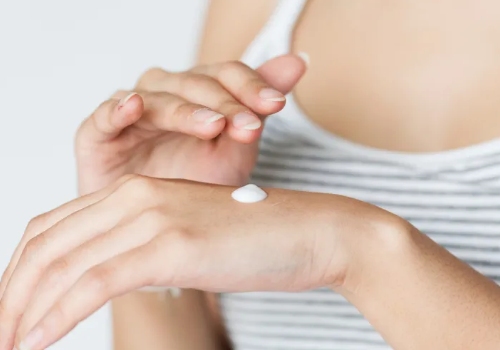Industry Information
Aug. 27, 2025
In the world of skincare product development, texture is everything. It's the first thing a consumer notices, and one of the last things they remember. A moisturizer may be packed with actives, but if it feels greasy, pills under makeup, or leaves the skin dry an hour later, it's not going to perform well in the market.
That's where emollients step in—not as buzzwords, but as quiet workhorses behind product success. For R&D and sourcing teams, emollients for skin are no longer “just moisturizers”—they're critical to formulating products that are stable, sensory-pleasing, and commercially viable.

Ask any skincare brand owner or OEM partner: you can have all the active ingredients in the world, but if your product doesn't feel good, it won't sell. Emollients are responsible for that first-glide effect, the silky after-feel, and the soft matte finish that consumers love.
Depending on the type, emollients can create light, fast-absorbing textures or rich, occlusive barriers. For formulators, the choice of emollient affects not only consumer experience, but also:
Product spreadability and absorption rate
Compatibility with actives like AHAs or UV filters
Stability of emulsions over shelf life
Wash-off resistance in sunscreens or body lotions
In short, emollients for skin help you design products that feel elegant without compromising function.
From plant-based oils to synthetic silicones, emollients come in many forms—and they all behave differently in formulation.
Let’s take Cetyl Alcohol as an example. Though technically a “fatty alcohol,” it’s widely used as an emollient and co-emulsifier. It helps thicken lotions, stabilize emulsions, and leaves behind a soft, powdery skin feel. You'll find it in everything from minimalist moisturizers to rich body butters.
Another industry staple is Dimethicone. This silicone-based emollient forms a breathable, water-resistant layer on the skin. It reduces friction, improves slip, and is often added to formulas where a lightweight yet long-lasting finish is needed—think sunscreens, BB creams, or post-procedure skincare.
At TJCY, both of these are part of our product line, offering flexibility to tailor textures across product categories.
When you're sourcing for large-scale production, it's helpful to look at how emollients for skin operate within different product types:
Moisturizers & creams: Create the desired feel (rich, light, fast-drying), support barrier repair.
Cleansers: Offset harsh surfactants like Sodium Lauryl Sulfate; restore skin balance.
Sunscreens: Improve water resistance and reduce chalkiness caused by UV filters like Avobenzone.
Serums & gels: Help reduce stickiness and improve overall slip in high-water-content products.
Because emollients work in the background, they’re often underestimated—yet they can make or break your formulation’s success.
If you're building or refreshing a product line, you’re probably weighing a range of factors:
Does it feel heavy or light?
Will it work with my emulsifier system?
Will it pass stability testing?
Can I claim “non-comedogenic” or “silicone-free”?
Is it approved in the markets I’m targeting?
Choosing emollients for skin isn’t just about picking a texture—it’s about finding ingredients that fit your commercial, regulatory, and performance needs. At scale, that flexibility matters.
The question isn’t really “what is an emollient”—most professionals already know. The more crucial question is: Which emollients will make your product feel better, last longer, and perform more predictably?
This is a key area of ongoing industry focus and where technical collaborations come in.
As skincare products continue to pursue differentiated experiences and long-lasting functionality, the performance requirements for emollients are also increasing. Whether fine-tuning established formulas or exploring next-generation skincare systems, selecting the right emollient raw materials directly impacts product performance and market acceptance.
Tianjin Chengyi International Trading Co., Ltd.
8th floor 5th Building of North America N1 Cultural and Creative Area,No. 95 South Sports Road, Xiaodian District, Taiyuan, Shanxi, China.
+86 351 828 1248 /
Navigation
